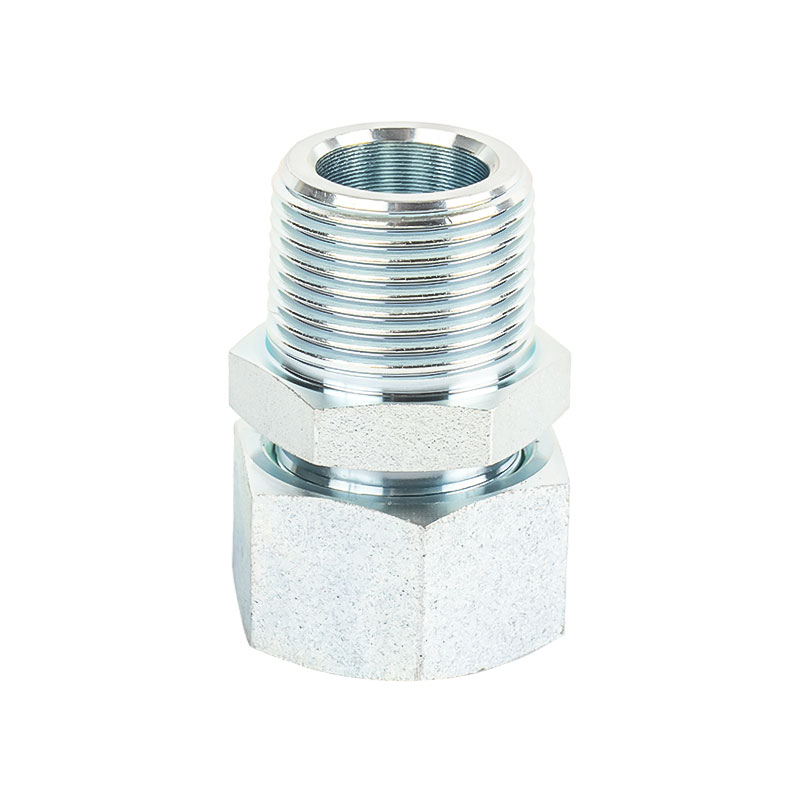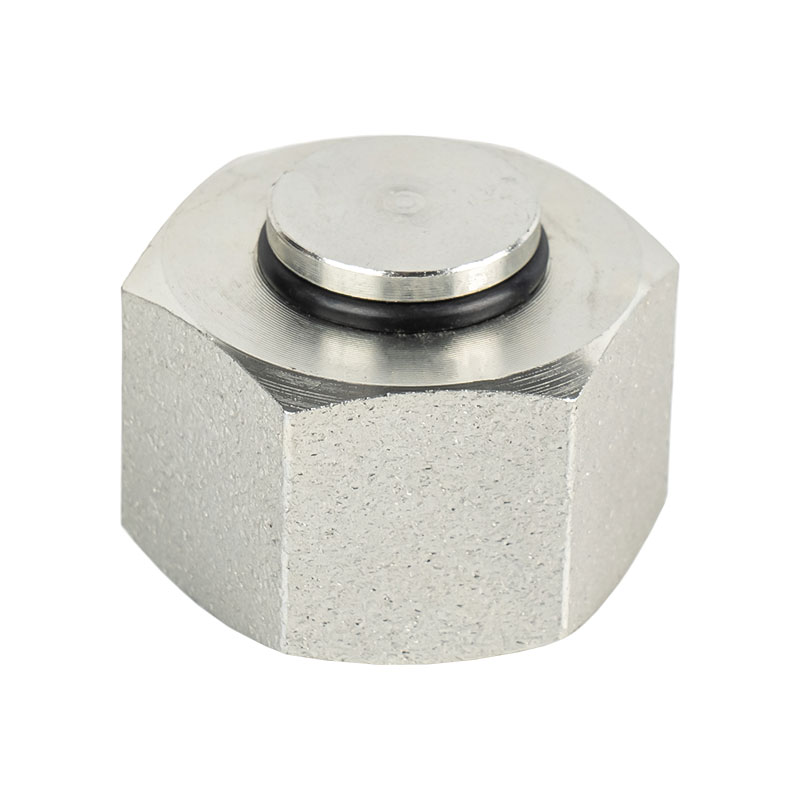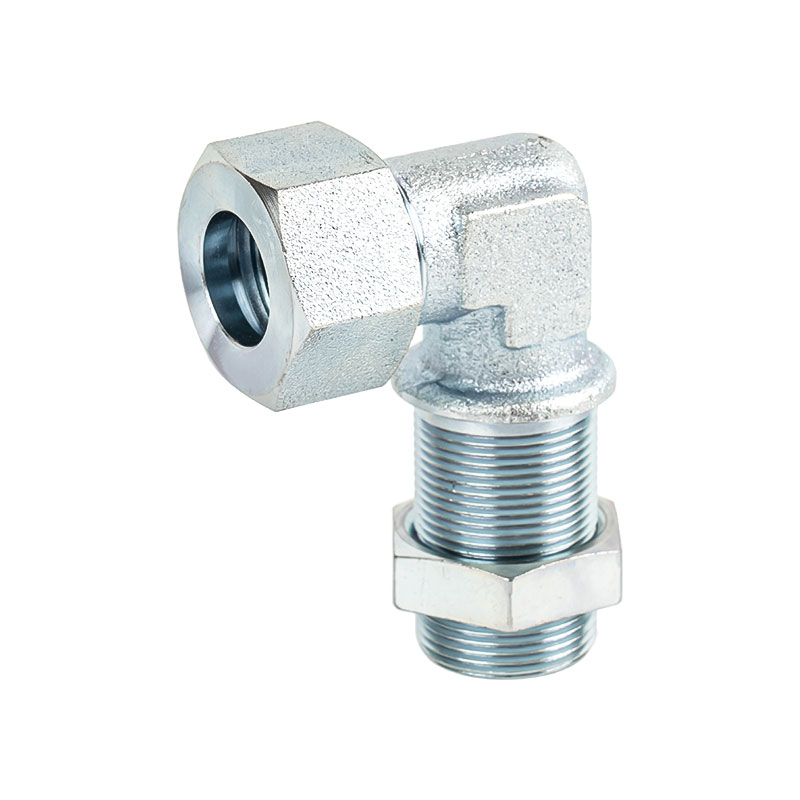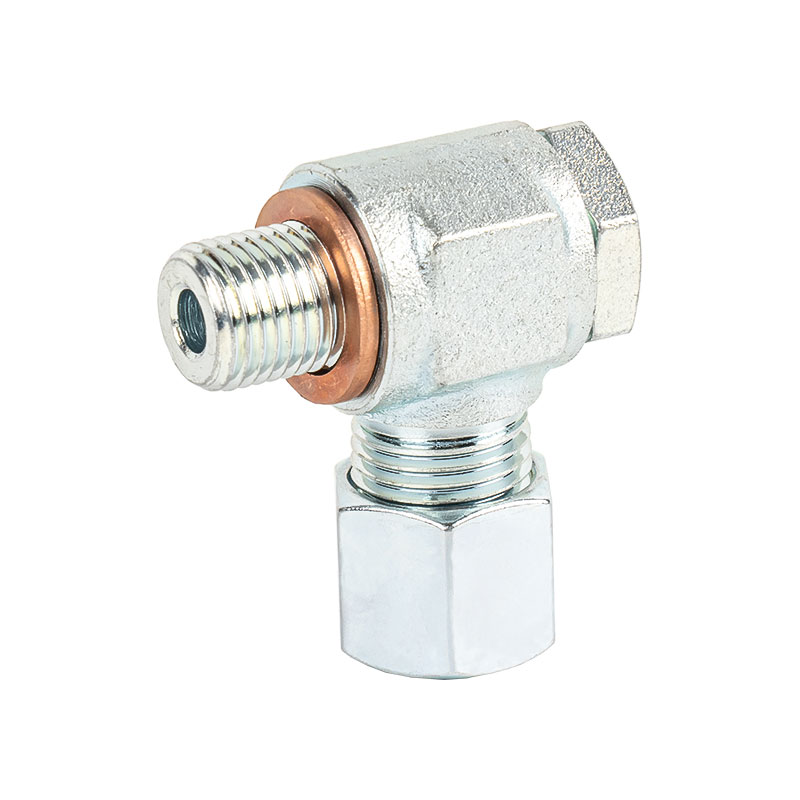Introduction
Hydraulic adapter fittings are essential components in a hydraulic system, enabling smooth fluid transfer between different parts of the system. Ensuring that these fittings are installed correctly is crucial for the proper functioning and safety of the entire system. Improperly installed fittings can lead to leakage, system inefficiency, and even catastrophic failures. Therefore, it is important to check the installation of hydraulic adapter fittings carefully. This article explores various methods and considerations for verifying the correct installation of these components, as well as troubleshooting common issues that might arise in the process.
Visual Inspection of the Hydraulic Fittings
The first step in verifying the correct installation of hydraulic adapter fittings is through visual inspection. It is important to check that the fittings are properly aligned and securely tightened. If the fittings are misaligned or not fully threaded, it may result in leaks or poor performance. Additionally, it is essential to ensure that there is no visible damage to the fittings such as cracks, corrosion, or deformities. Damaged fittings can compromise the integrity of the hydraulic system and lead to failures. Proper alignment ensures that there is no undue strain on the hoses and that the fluid flows freely through the system. Look for gaps between the mating surfaces of the fitting and the hose or pipe, as this could indicate improper installation or potential issues such as insufficient tightening.
Proper Torque and Tightening of Fittings
The correct torque value is vital for ensuring that the hydraulic adapter fittings are securely installed. Over-tightening or under-tightening the fittings can both lead to problems. If the fitting is under-tightened, it may cause leaks, as the connection may not be tight enough to form a proper seal. On the other hand, over-tightening can cause damage to the fitting, potentially resulting in thread stripping, deformation, or excessive stress on the components. To check whether the fittings are tightened correctly, it is advisable to use a calibrated torque wrench. Refer to the manufacturer's specifications for the recommended torque value for each fitting and ensure that the fittings are tightened to the correct level. This process is crucial to avoid common issues related to leaks and ensure the long-term reliability of the hydraulic system.
Checking for Leaks
One of the most effective ways to verify if hydraulic adapter fittings are installed correctly is by checking for leaks. A leak can indicate that the fitting is not properly sealed, which could be due to incorrect installation, damaged seals, or the use of incompatible fittings. After installing the hydraulic adapter fittings, pressurize the system to its normal operating pressure and visually inspect the fittings for any signs of leakage. If a leak is detected, it should be addressed immediately by either re-tightening the fitting or replacing damaged components. A leak detection solution, such as a soap solution or electronic leak detectors, can be used to detect even small leaks. It is essential to pay attention to the areas where the fittings connect to hoses or pipes, as these are common points where leaks can occur. Additionally, ensuring that the appropriate sealing materials, such as O-rings or PTFE tape, are used during installation is key to preventing leaks.
Correct Selection of Hydraulic Adapter Fittings
One of the fundamental steps in ensuring the correct installation of hydraulic adapter fittings is the proper selection of components. Using the wrong type of fitting for a specific application can lead to numerous issues, such as poor performance, leaks, and even damage to the hydraulic system. It is important to choose fittings that are compatible with the size, pressure, and type of fluid used in the system. When selecting a fitting, ensure that it matches the specifications of the equipment it is being connected to. For instance, an incorrect fitting size or material may result in improper sealing, reduced performance, or failure of the hydraulic system. The material of the fitting must also be considered, as different materials are suitable for different fluids and operating conditions. Ensure that the fitting is resistant to corrosion, abrasion, and the chemicals present in the fluid to ensure a long-lasting and reliable connection.
Ensuring Proper Orientation and Alignment of Fittings
Another key aspect of checking the correct installation of hydraulic adapter fittings is ensuring that the fittings are properly oriented and aligned. If the fitting is incorrectly oriented, it could lead to unnecessary stress on the hoses and connections, which can cause damage or leaks over time. The alignment of the fittings should be checked to ensure that the fluid will flow in the correct direction and that there are no sharp bends or kinks in the hoses or pipes. Improper alignment may also cause excessive wear on the fittings or lead to unwanted pressure drops in the system. It is recommended to use tools or fixtures to hold the components in place during installation to maintain proper alignment. Additionally, it is essential to check that there is sufficient clearance around the fittings for ease of maintenance and to avoid interference with other parts of the hydraulic system.
Testing System Pressure
Once the hydraulic adapter fittings are installed, conducting a pressure test is a critical step to ensure they are functioning properly. During this test, the system is pressurized to its operating level, and any signs of leaks or abnormal pressure drops are carefully monitored. If the fittings are correctly installed, the system should be able to maintain stable pressure without any leakage. It is important to observe any sudden drops in pressure during this test, as this could indicate that the fittings are not properly sealed. The pressure test should be carried out in accordance with the system’s operational guidelines and with safety precautions in place. This test will provide assurance that the hydraulic adapter fittings are secure and that the hydraulic system is ready for operation.
Use of Sealing Materials
Proper sealing is essential for ensuring that hydraulic adapter fittings are correctly installed. Sealing materials, such as O-rings, thread sealant, or PTFE tape, are used to prevent leaks at the connection points. It is important to ensure that the correct type of sealing material is used based on the fitting type and application. For instance, an O-ring might be used in situations requiring a dynamic seal, while PTFE tape may be suitable for threaded connections. The choice of sealing material should match the fluid type and operating pressure of the system. Before installation, check the condition of the seals to ensure they are not damaged or worn out. Old or damaged seals can lead to leaks, compromising the integrity of the system. Properly applying sealing materials and ensuring they are seated correctly can greatly reduce the risk of leaks and help ensure the correct installation of hydraulic adapter fittings.
Routine Maintenance and Inspection
Once the hydraulic adapter fittings are installed, regular maintenance and inspections are necessary to ensure their continued proper functioning. Periodic checks should be conducted to detect any early signs of wear or damage to the fittings. Even after correct installation, vibrations, temperature fluctuations, and pressure variations can cause the fittings to loosen or degrade over time. It is crucial to have a scheduled inspection routine that includes checking the tightness of the fittings, inspecting for leaks, and ensuring the integrity of seals. Keeping a log of inspections and maintenance activities can help in tracking the condition of the hydraulic system and identifying any recurring issues that need to be addressed. Preventive maintenance plays a key role in extending the life of the hydraulic system and reducing the chances of failures or costly repairs.
Common Fitting Types and Their Applications
| Fitting Type | Application | Material |
|---|---|---|
| Threaded Fittings | Used for connecting pipes and tubes with threads | Steel, Stainless Steel, Brass |
| Flanged Fittings | For joining large diameter pipes or tubes | Carbon Steel, Stainless Steel |
| Quick-Connect Fittings | Used for easy connection and disconnection without tools | Aluminum, Brass, Stainless Steel |
| Compression Fittings | For connecting soft and hard tubing | Copper, Stainless Steel |
| Banjo Fittings | Used for high-pressure applications in hydraulic systems | Steel, Stainless Steel |

 中文简体
中文简体








